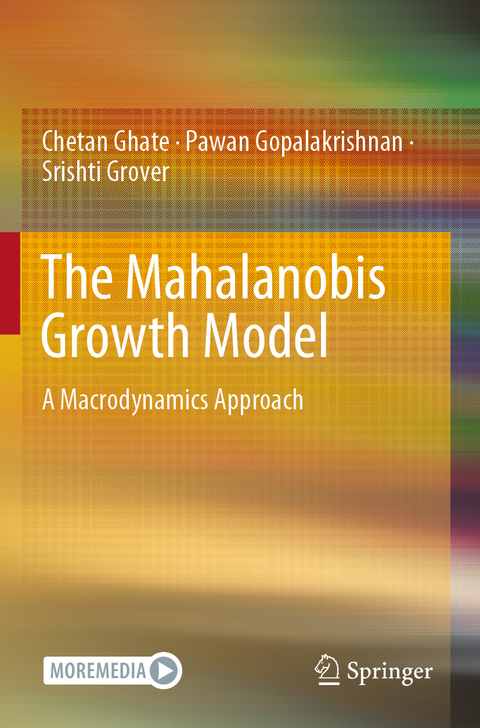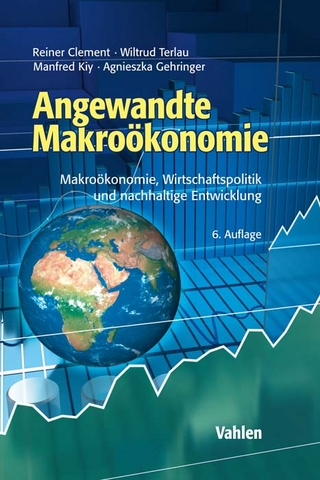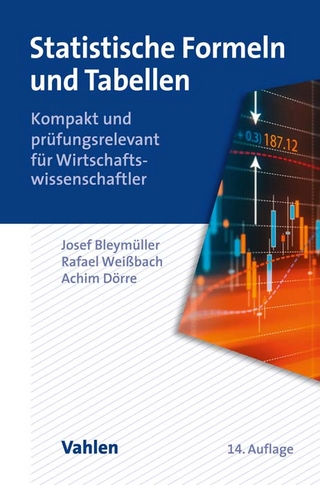
The Mahalanobis Growth Model
Springer Verlag, Singapore
978-981-16-8982-6 (ISBN)
lt;p>This book provides an analytical and computational approach to solving and simulating the Mahalanobis model and the papers surrounding it. The book comes up, perhaps for the first time, with a holistic examination of an important growth model that emerged out of India in the 1950s. It contains detailed derivations of the Mahalanobis model and the several critiques and extensions surrounding it with an organized synthesis of the main results. Computationally, the book simulates the model and its many variants, thus making it accessible to a wider audience. Advanced undergraduates and beginning graduate students in the fields of Economics, Mathematics, and Statistics will gain immensely from understanding both the mathematical aspects as well as the computational aspects of the Mahalanobis model. In the absence of a single 'go-to' source on all aspects of the model -- analytical and computational -- this book is a definitive volume on the Mahalanobis model that has all the derivations of all the papers surrounding the model, its dissents and critiques, and extensions as in the wage goods model suggested by Vakil and Brahmananda.
Chetan Ghate is an Indian macroeconomist. He is a professor of Economics at the Indian Statistical Institute – Delhi, where he has been teaching since 2000, and since February 2022, he has been serving as Director, Institute of Economic Growth (IEG), New Delhi, India. He is a winner of the 2014 Mahalanobis Memorial Gold Medal (MMM) given to the best research economist in India under the age of 45. He was a member of India’s first Monetary Policy Committee between 2016-2020. His research interests lie in macroeconomics, monetary economics, and growth and development. Pawan Gopalakrishnan is Manager/Research at Reserve Bank of India. He completed his doctoral studies from the Indian Statistical Institute, New Delhi. He works on macroeconomics of the Indian economy and taught for a brief time at the law school and the school of government and public policy at O.P. Jindal Global University, India, before joining the RBI. His research interests are macroeconomics, endogenous growth theory, real business cycle models, DSGE, fiscal and monetary policy. Srishti Grover is a (former) student of (the) Master of Science in Quantitative (space) Economics course at (the) Indian Statistical Institute, New Delhi.
Chapter 1: Overview of the 2 Sector Mahalanobis Model
- Simulations in Matlab
Chapter 2: Critiques of the 2 Sector Mahalanobis Model
- The Bronfenbrenner Critique
- The Ezekiel Critique
- The Bettelheim Critique
- The JBS Haldane Critique
- The Raj and Sen Model
- Simulations in MatlabChapter 3: A Stochastic Version of the 2 Sector Mahalanobis Model
- Outline of the Model
- Simulations in Matlab
Chapter 4: Open Economy Extensions of the 2-sector Mahalanobis Model
- The Harris Model
- The Ezekiel Model
- Simulations in Matlab
Chapter 5: Overview of the 4 Sector Mahalanobis Model
- Simulations in Matlab
Chapter 6: Critiques of the 4 Sector Mahalanobis Model
- The Komiya Critique
- Observations by Tsuru
- The Shenoy Dissent
- Simulations in Matlab
Chapter 7: The Wage Good Model
- An Analytical Framework - The Brahmananda and Vakil Model - by MJ Manohar Rao
- Simulations in Matlab
“The book The Mahalanobis Growth Model: A Macrodynamics Approach by Ghate, Gopalakrishnan, and Grover (G3) is a labor of love, a fitting intellectual tribute to PCM’s growth models, which too were labors of love designed to concretize ideals of development planning for India’s Five-Year Plans. … Indian economics undergraduates will read this book, work through the math, digest the economic intuition, and come away with a sense of awe for PCM. They will come to appreciate … .” (Joydeep Bhattacharya, Indian Economic Review, Vol. 58 (1), 2023)
| Erscheinungsdatum | 18.07.2023 |
|---|---|
| Zusatzinfo | 51 Illustrations, color; 7 Illustrations, black and white; XIX, 205 p. 58 illus., 51 illus. in color. |
| Verlagsort | Singapore |
| Sprache | englisch |
| Maße | 155 x 235 mm |
| Themenwelt | Wirtschaft ► Volkswirtschaftslehre ► Makroökonomie |
| Wirtschaft ► Volkswirtschaftslehre ► Ökonometrie | |
| Schlagworte | Indian Economic Development • Multi-sector Growth Models • planning and development • The 2nd Five Year Plan • The Mahalanobis Model |
| ISBN-10 | 981-16-8982-2 / 9811689822 |
| ISBN-13 | 978-981-16-8982-6 / 9789811689826 |
| Zustand | Neuware |
| Informationen gemäß Produktsicherheitsverordnung (GPSR) | |
| Haben Sie eine Frage zum Produkt? |
aus dem Bereich


